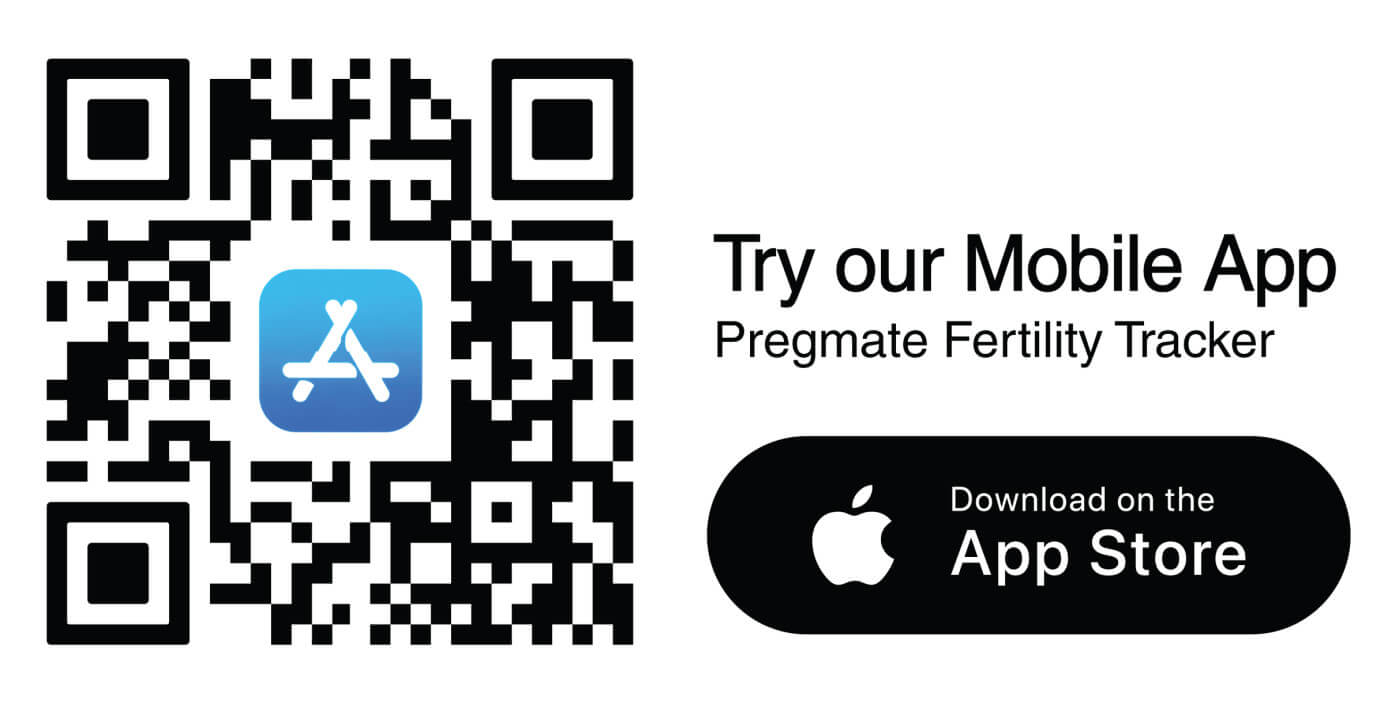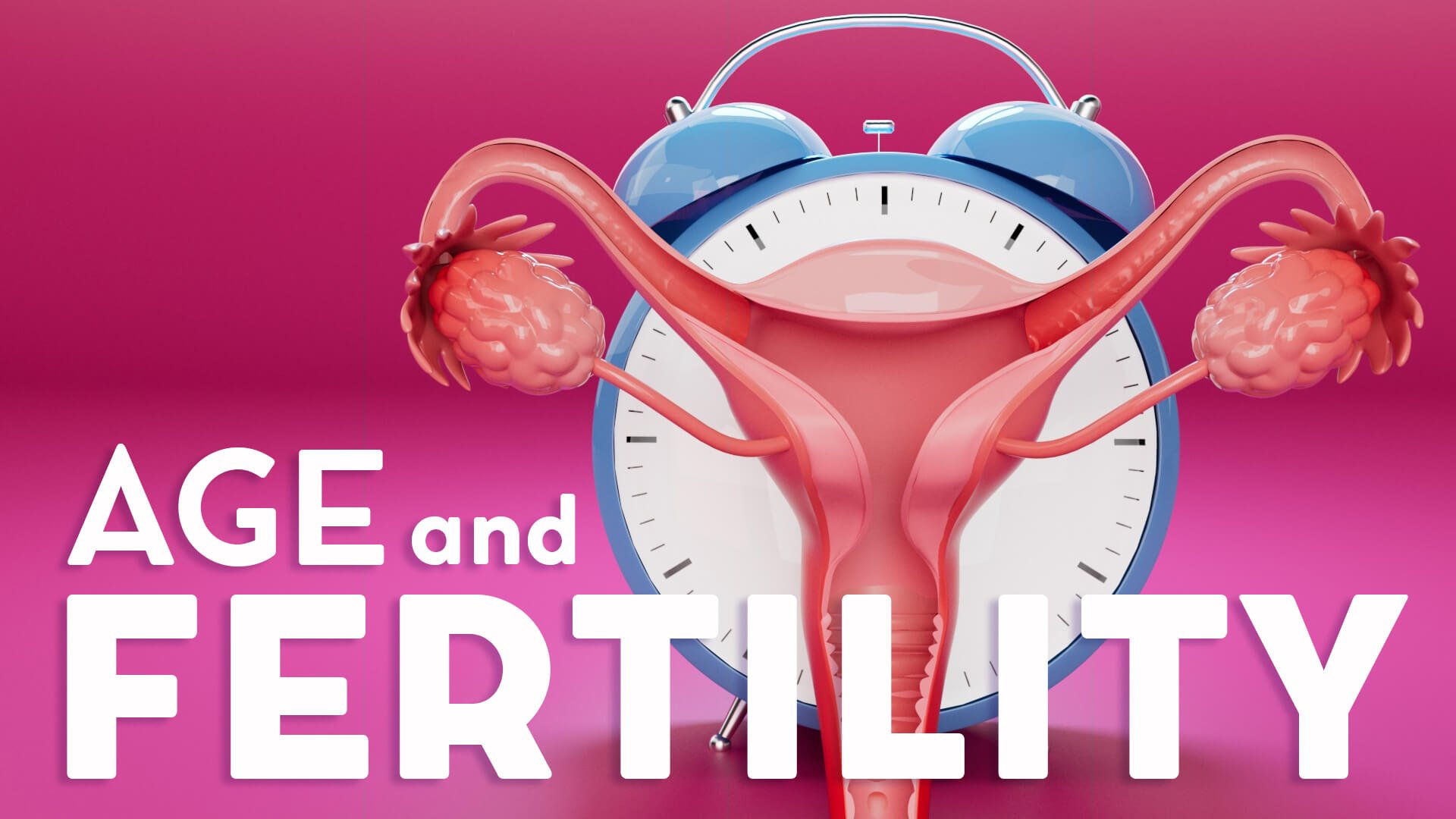The future of pregnancy has always been a crucial part of human life, but our understanding and approach to it have evolved dramatically over time. In ancient societies, women relied heavily on physical signs such as missed periods or morning sickness to determine if they were pregnant. Lacking the diagnostic tools we take for granted today, they often turned to various folk methods for confirmation. These approaches were as diverse as the cultures that practiced them.
For instance, in ancient Egypt, one of the most well-documented methods involved urinating on wheat and barley seeds. If the seeds sprouted, it was believed to indicate pregnancy. This method was surprisingly insightful; modern scientific analysis suggests that the high levels of estrogen in a pregnant woman's urine could indeed encourage seed germination. Similarly, in ancient Greece, a concoction of honey and water was given to women. If it induced nausea, it was considered a sign of pregnancy.
By the Middle Ages, midwives became the cornerstone of pregnancy and childbirth. They brought traditional knowledge, passed down through generations, to support expecting mothers. Midwives provided guidance and used various herbs and home remedies to ease discomfort. Despite these efforts, childbirth was fraught with danger due to the high risk of infections and the lack of sanitation. Family size was generally large, partly because of the high infant mortality rate. Women often had five or more children in the hopes that some would survive to adulthood. Each pregnancy carried significant risks not just because of infection but also due to limited medical knowledge and unsanitary conditions.
Fast forward to today, and the landscape of pregnancy care has been transformed by remarkable technological advancements. At-home pregnancy tests, which emerged in the 1970s, have allowed women to confirm their pregnancies within days of conception, offering privacy and early insights that were unimaginable to our ancestors. Today’s prenatal care includes sophisticated tools that monitor the health of both the mother and baby with extraordinary precision. Ultrasound technology allows us to see detailed images of the developing fetus, while blood tests can detect potential genetic abnormalities early in the pregnancy.
The future of pregnancy could be even more astounding. Gene-editing tools like CRISPR are already in the early stages of development and hold immense potential. Such technology could be used to correct genetic mutations in embryos, preventing the inheritance of disorders like cystic fibrosis or Tay-Sachs disease. While the ethical implications of gene editing are still under intense debate, the possibility of preventing debilitating genetic conditions could revolutionize prenatal care. This prospect introduces a host of questions about access, ethics, and long-term consequences, but the potential to reduce or even eliminate certain genetic diseases remains a compelling argument for continued research.
Artificial intelligence (AI) is set to play an equally transformative role in the future of pregnancy care. AI-driven platforms can analyze vast amounts of medical data to predict potential risks and customize care plans for individual mothers. For example, an AI system could identify patterns in a mother's health history, flag potential issues like preeclampsia, and suggest timely interventions. Such predictive analytics can ensure that both mother and baby receive the best possible care throughout the pregnancy. Furthermore, the reach of telemedicine, accelerated by the COVID-19 pandemic, continues to expand. Virtual appointments make it easier for women in remote areas to receive prenatal checkups and medical advice without needing to travel long distances.
Wearable technology is another area showing great promise for the future of pregnancy care. Devices that monitor real-time data on vital signs and fetal health are already being developed. These wearables, combined with AI algorithms, can alert healthcare providers to potential issues, ensuring timely intervention. For instance, a smartwatch could track a mother’s heart rate, blood pressure, and other vital signs while simultaneously monitoring fetal movements. If an irregularity is detected, an alert could be sent to both the mother and her doctor, enabling rapid response to potential complications.
Improvements in prenatal imaging are also on the horizon. Current ultrasound technology, while effective, still has limitations in terms of detail and scope. Emerging 3D and 4D imaging technology provides a more comprehensive look at the fetus, giving healthcare providers better information to assess the baby’s development. This kind of imaging could eventually become standard, improving early diagnosis and treatment plans for conditions that may require surgical intervention while the baby is still in the womb.
The integration of robotics into prenatal care is another potential game changer. Robotic surgery, already used in other medical fields, could one day be applied to fetal surgery, providing more precise and minimally invasive techniques for correcting abnormalities. This would significantly reduce risks to both the mother and the baby.
The psychological aspect of pregnancy is also gaining more attention. Advanced virtual reality (VR) platforms could be used to prepare parents for childbirth, reducing anxiety and helping them understand the birthing process better. VR can simulate labor scenarios, giving parents a preview of what to expect and equipping them with coping strategies to handle the stress of labor and delivery.
As we look even further ahead, bioengineering could play a role in developing artificial wombs. While this idea may sound like something out of a science fiction novel, researchers are already making significant strides. Artificial wombs could support premature babies outside the mother's body, potentially improving outcomes for extremely preterm infants. Although the ethics and implications of such technology are still being debated, the potential to save lives and reduce the health risks associated with premature births is compelling.
Ultimately, the future of pregnancy in 2050 promises to be a blend of biological, technological, and ethical advancements. The integration of AI, gene editing, wearable tech, and advanced imaging could transform pregnancy from a risky endeavor into a carefully managed, personalized experience. The future of pregnancy will likely involve even greater precision, safety, and support for mothers and their babies. While each new development brings its own set of challenges and ethical questions, the trajectory is clear: pregnancy care is evolving toward a future that could offer safer, more personalized, and accessible solutions for mothers and their babies. The changes we see today are only the beginning of what may come in the decades ahead.
Whether you are a soon-to-be parent, a healthcare professional, or simply curious about the future of pregnancy, the innovations we see today are paving the way for a more informed, connected, and empowered pregnancy experience. As we march toward 2050, the journey of pregnancy will likely be redefined by technology, ensuring that new generations are welcomed into the world with even greater care and understanding.
Related blog articles:
When is your fertile window?▶️
Ovulation Symptoms: Key Signs & Tracking Tips▶️
How long does it actually take to get pregnant?▶️
Understanding Your Menstrual Cycle: A Comprehensive Guide▶️
Pregmate App - Ovulation Tracker, Fertility and Period Calculator▶️
Pregmate App - ultimate companion for women's cycle tracking and conception planning▶️
Conception explained. Fertilization and Implantation.▶️
Using ovulation tests to identify the most fertile days of the month▶️
Pregmate pregnancy test strips. How and when to do the test?▶️
Tracking LH surge using ovulation tests▶️
What causes PCOS? Symptoms and signs.▶️
Using ovulation tests with PCOS▶️
5 Menopause Myths BUSTED By A Medical Expert! ▶️
Your Complete Guide to Egg and Sperm Freezing Made Simple! ▶️
The Hidden Truth About Endometriosis Every Woman NEEDS to Know!▶️





